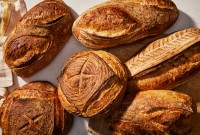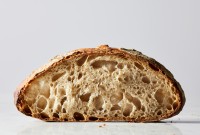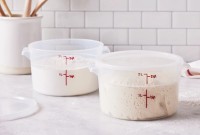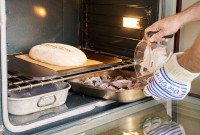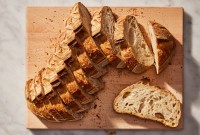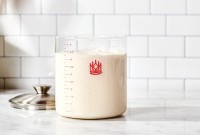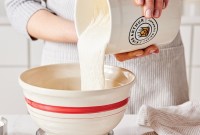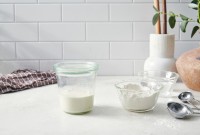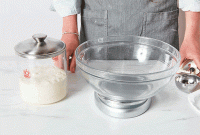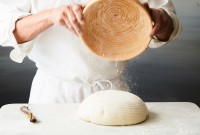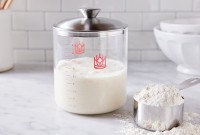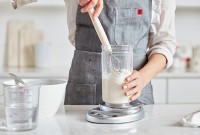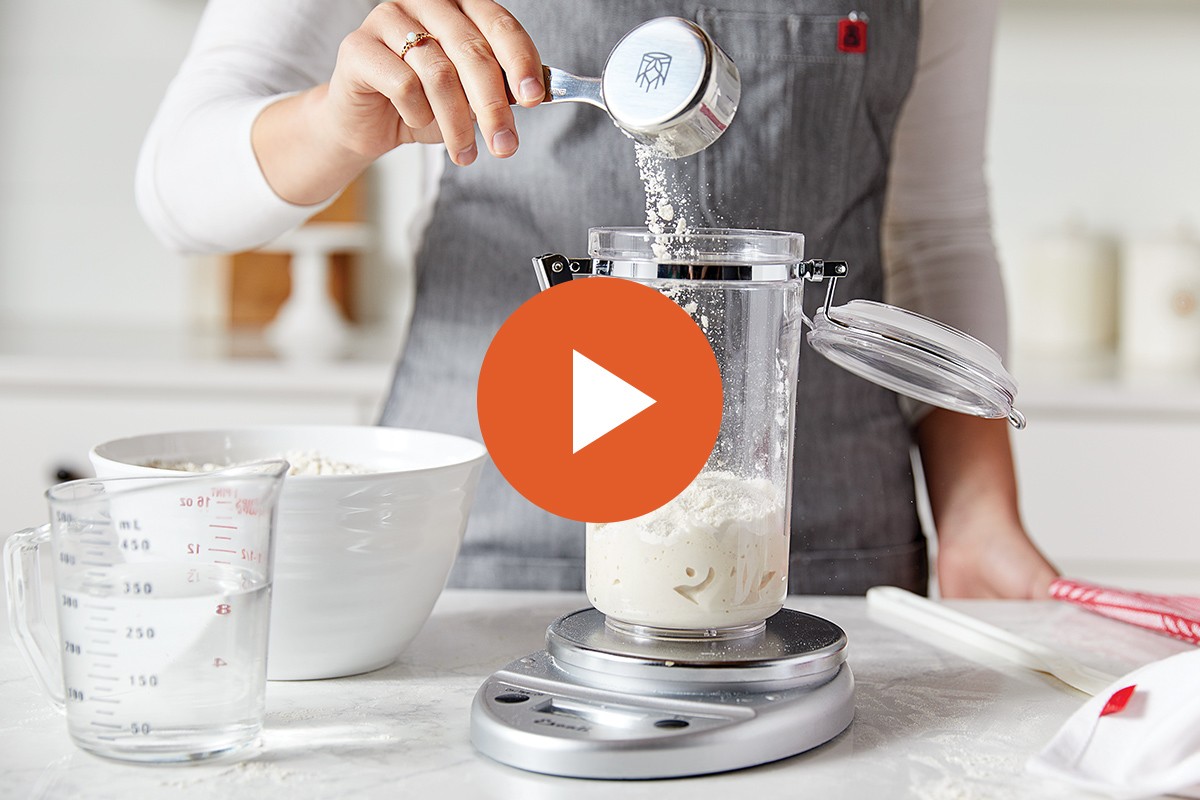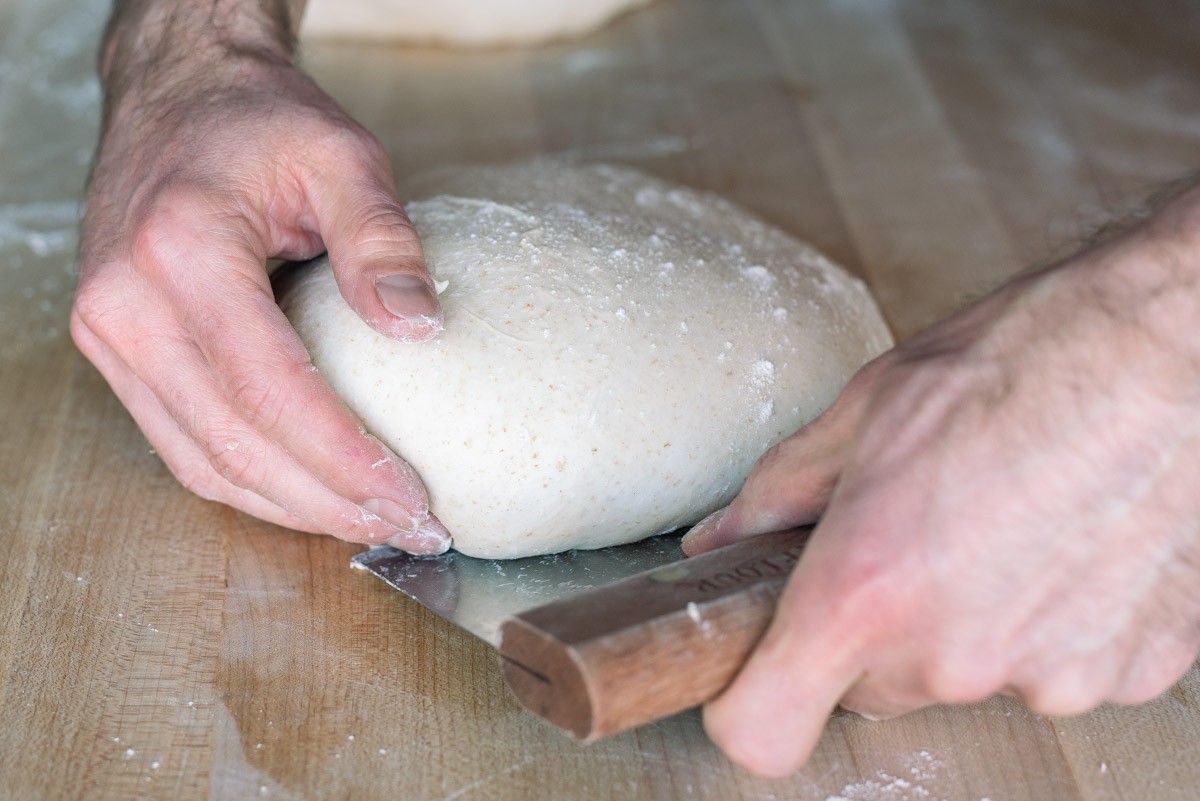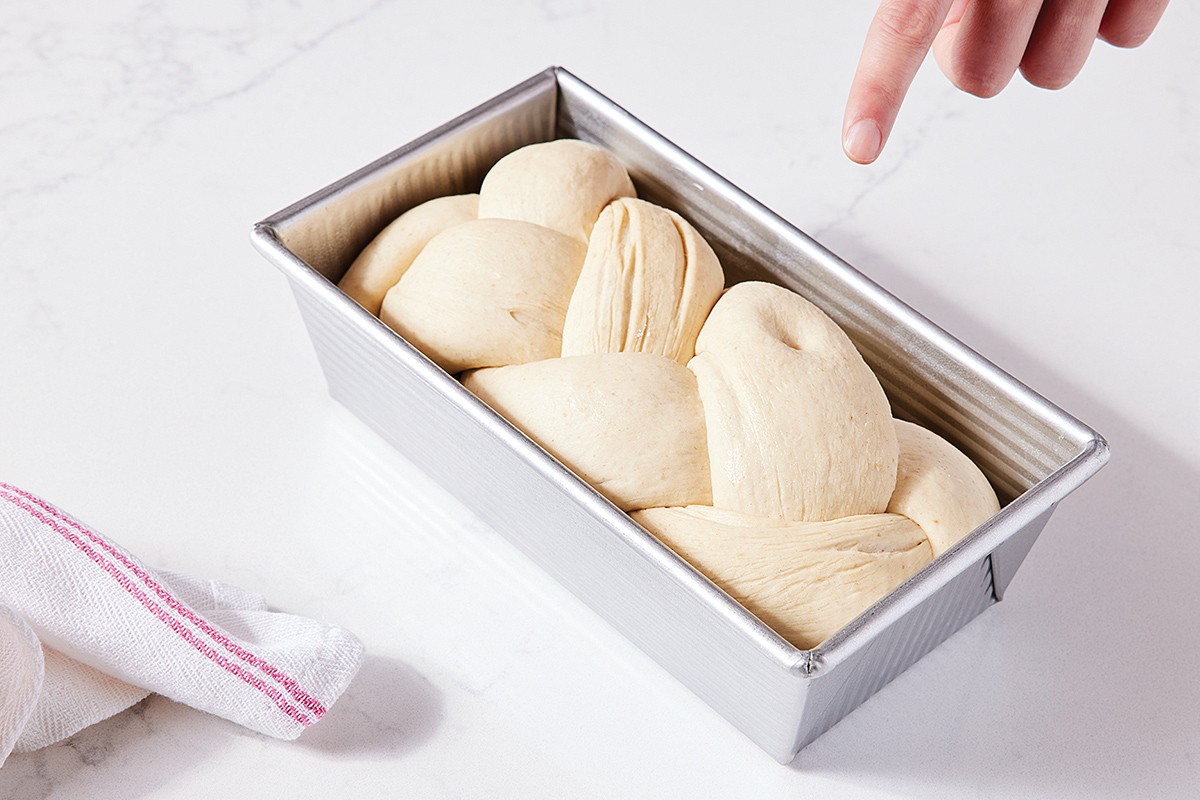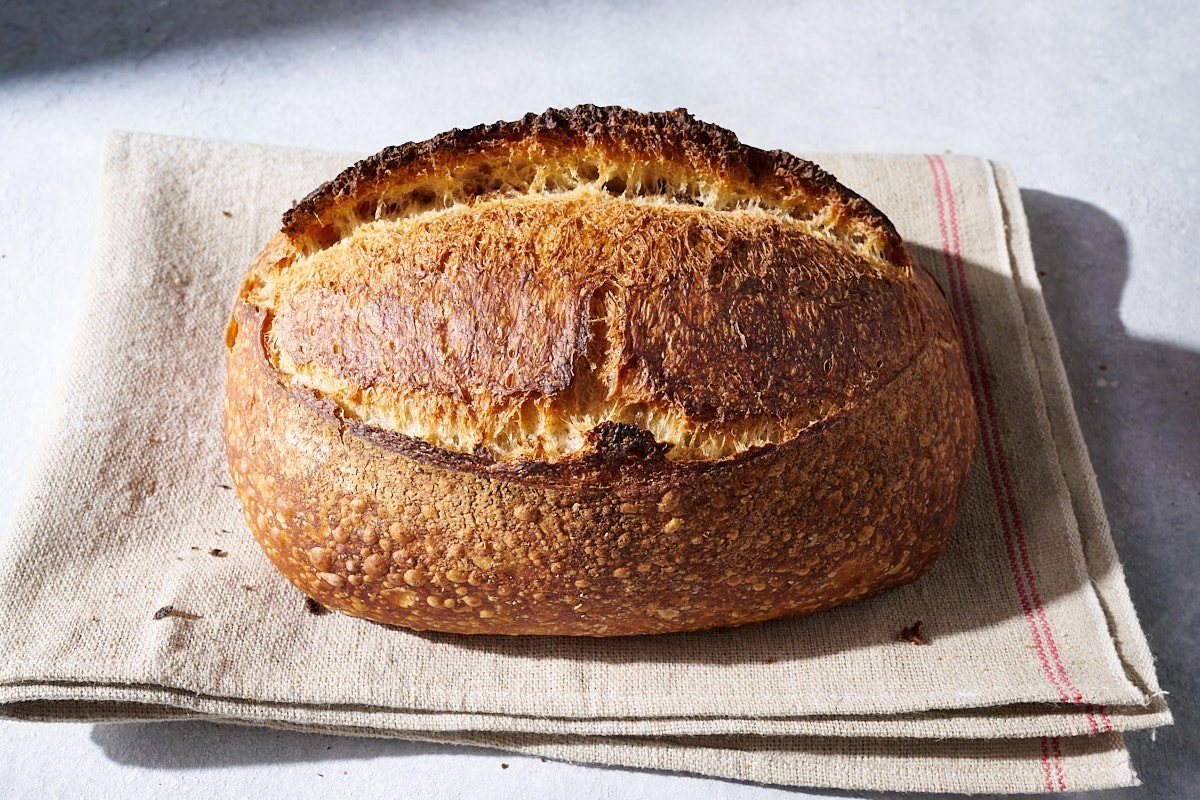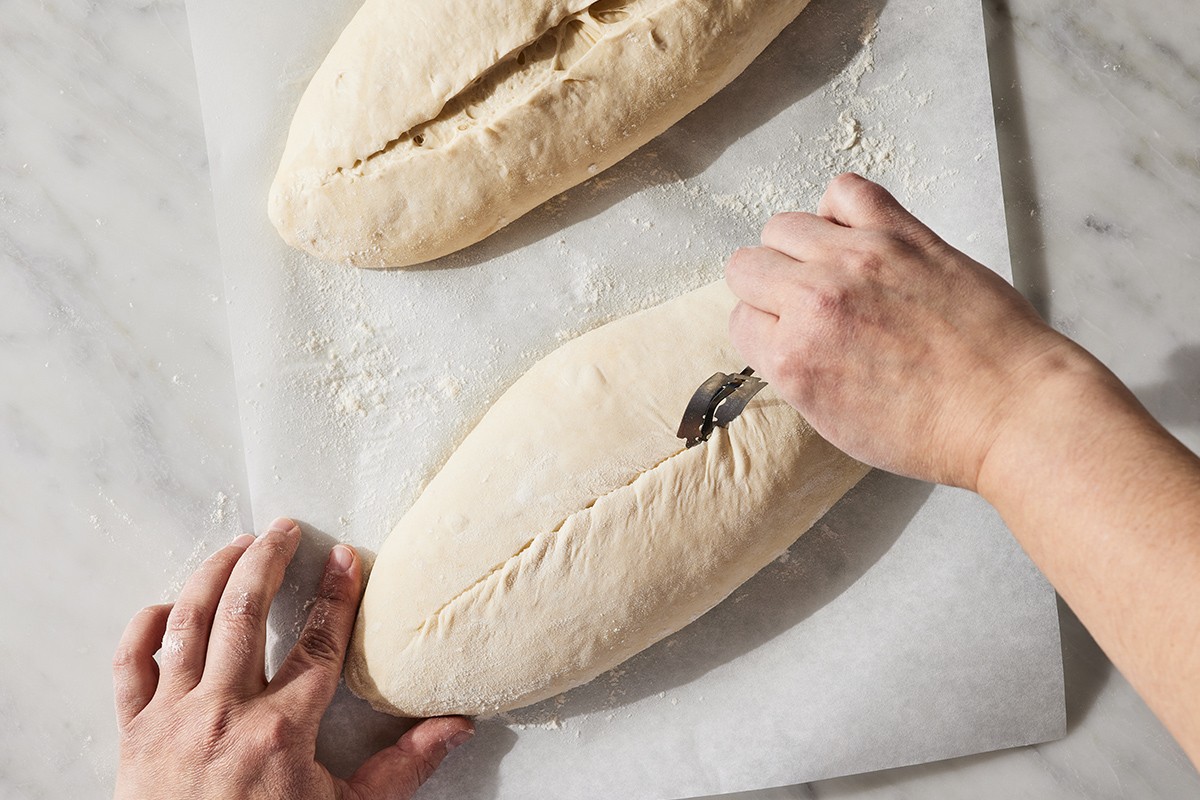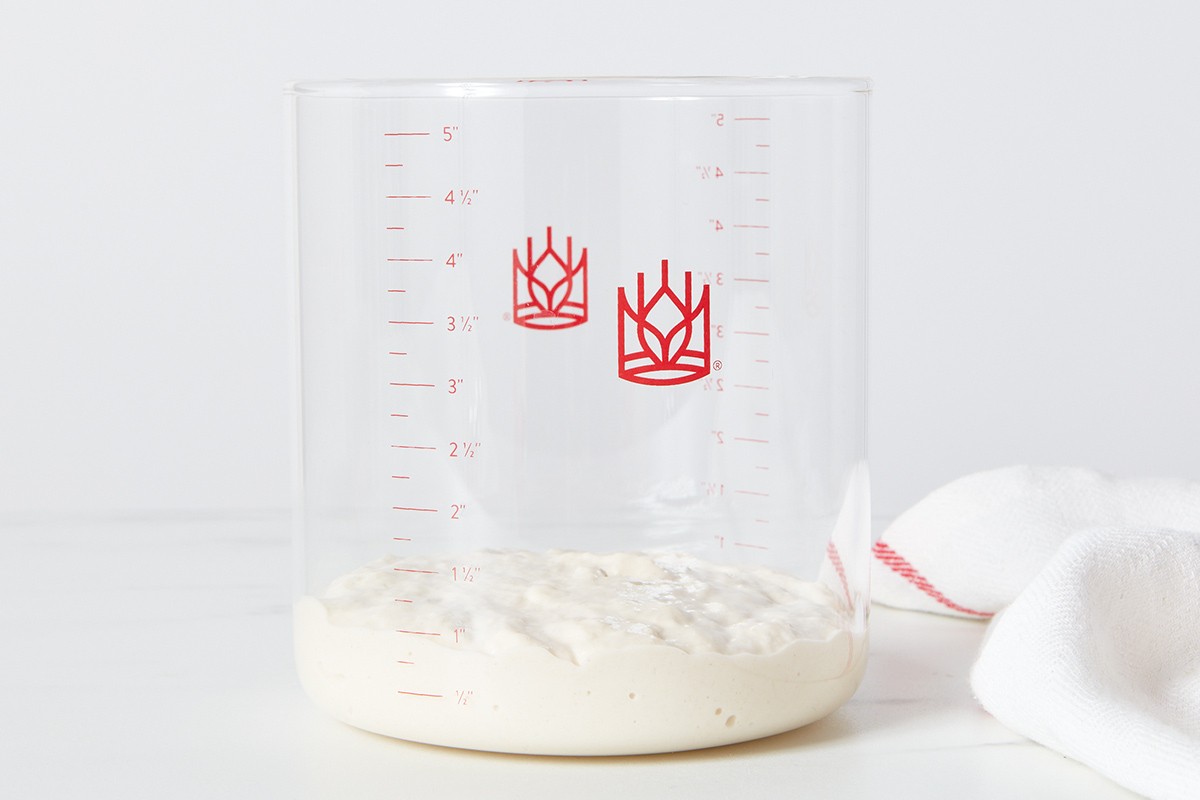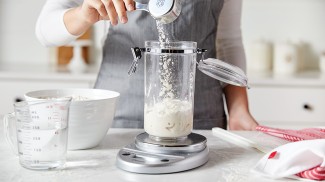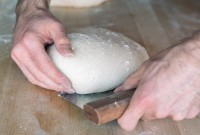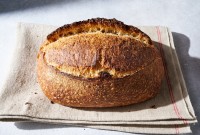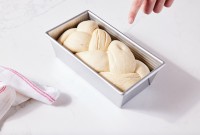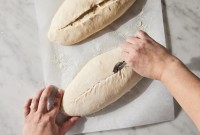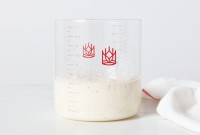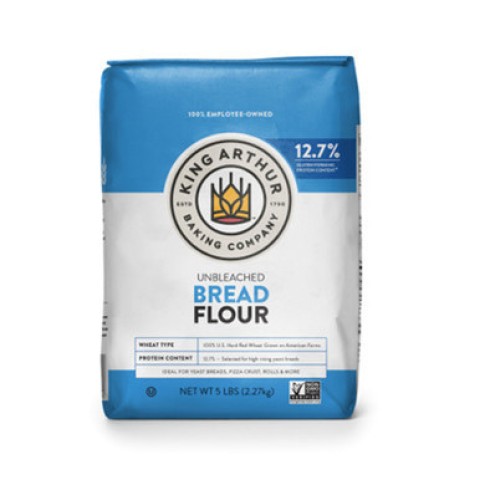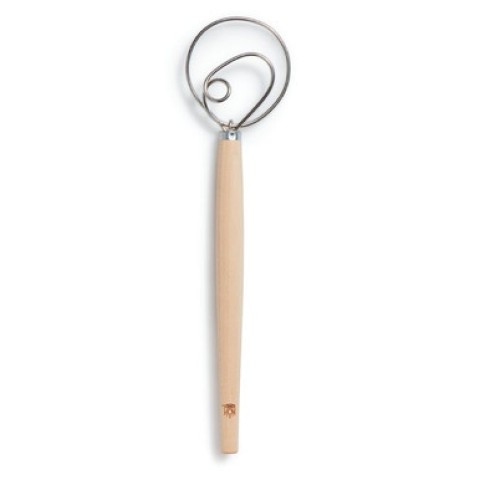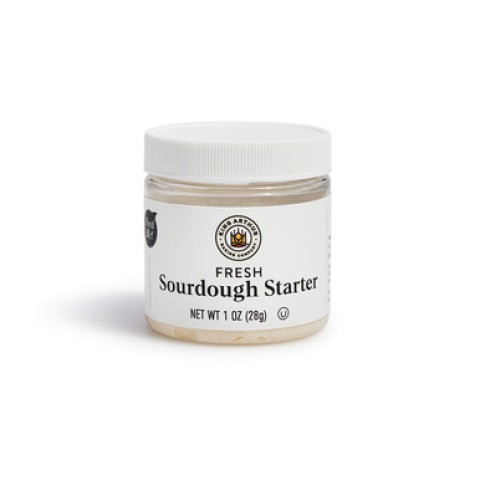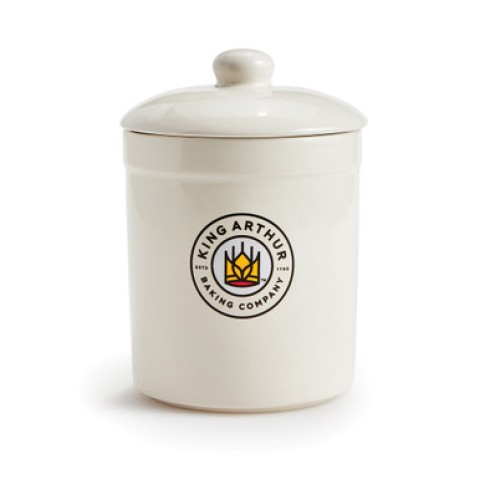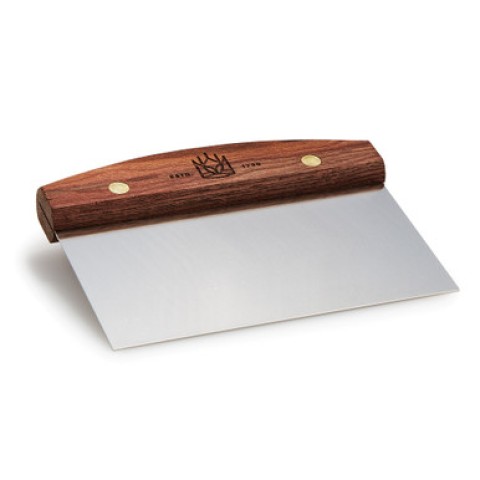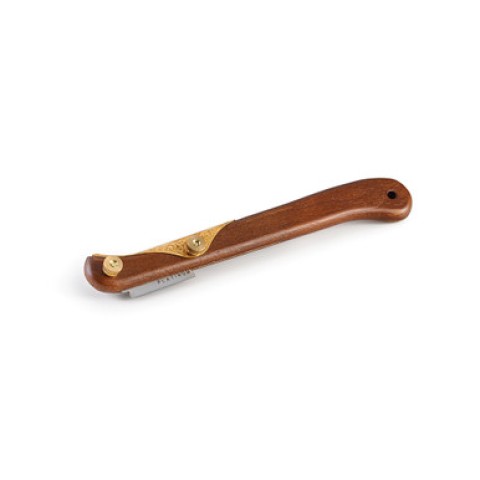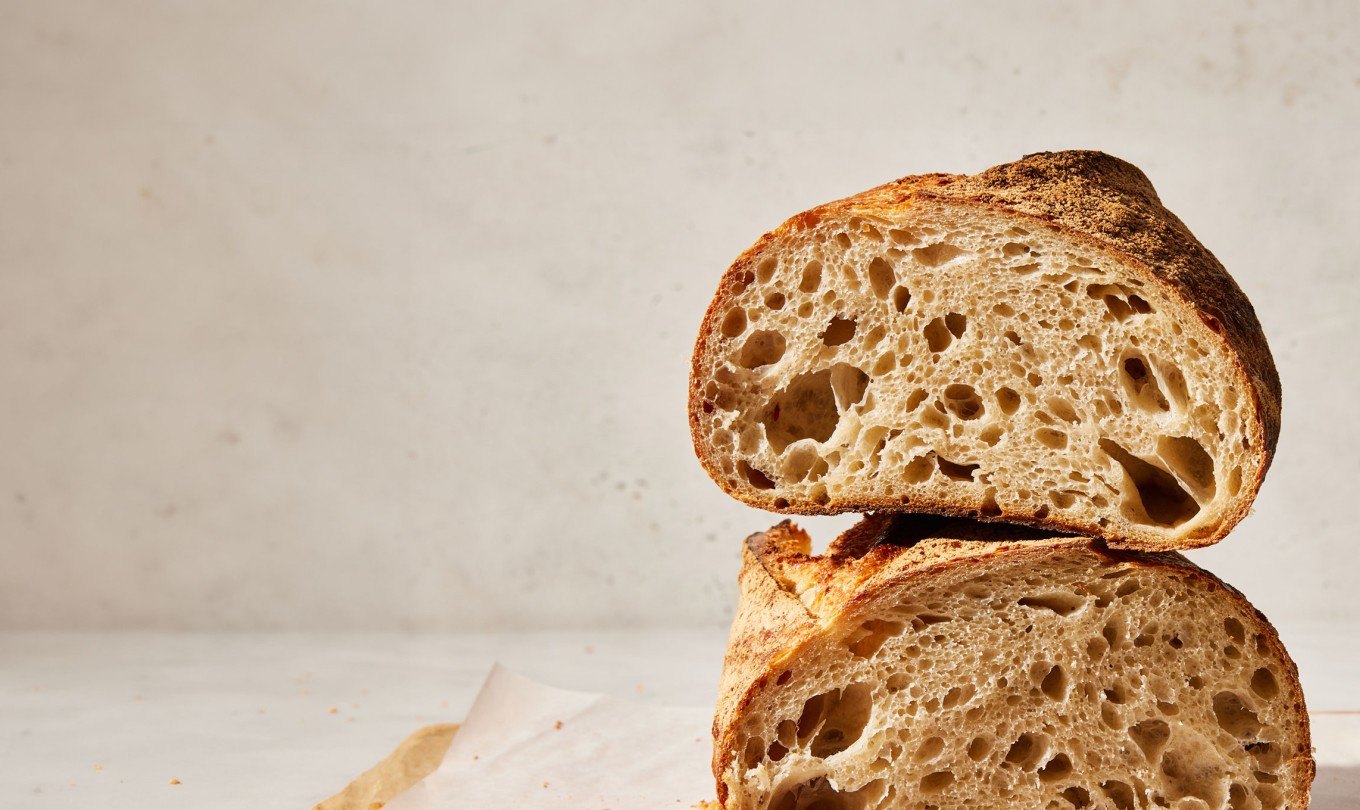
Sourdough
Start here
Sourdough can be complicated at first — so many confusing new terms! — but once you understand the basics, you'll be pulling loaves of crusty, naturally leavened bread from the oven in no time. (Looking for basic bread intel? Click here.)
Recipes to start with
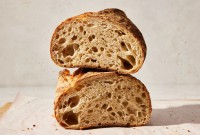
Sourdough Country Bread
Using unfed sourdough starter, minimal kneading, long fermentation, and baking in a hot Dutch oven are some of the techniques that make this bakery-quality loaf simple to make at home.
Get the recipe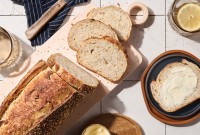
No-Knead Sourdough Bread
This recipe relies entirely on its starter for leavening; but with an active, bubbly starter, a little bit of patience, and minimal effort, you’ll be amazed by this stunning, delicious loaf — all made without kneading.
Get the recipeFrequently asked questions
Can sourdough starter be too active?
If starter is too active, it can cause your bread dough to ferment too quickly and overproof, leading to slumped loaves. Try slightly lowering the ratio of starter when you feed it: Instead of equal parts (in grams) starter, water, and flour, try slightly reducing the amount of starter in proportion to water and flour. Read more.
Does bread flour really make a difference in your bread?
Yes! Bread flour has a slightly higher protein content than all-purpose flour; the protein in flour is what forms gluten in your dough, so higher protein means more gluten. More gluten means stronger, stretchier dough, which is critical for a tall, airy loaf of bread. Read more.
Did I kill my sourdough starter?
Probably not — it takes a lot to kill a mature starter. If refrigerated, starter can go months between feedings without dying. Return to regular feedings and it will be revived eventually. Read more.
What if my starter has black liquid on top?
It's totally fine — really. The black liquid on top of starter is what's called "hooch" and is merely alcohol and water generated by your starter’s wild yeast as it feeds. Hooch is a visible cry for help: Your starter is hungry. Once you get it back on a regular regimen of care, it should recover just fine. Read more.
What does "ripe" sourdough starter mean?
"Ripe" means that your starter is ready to use in baking. It's at the height of its powers; if you have a healthy starter that you feed regularly, this should occur roughly 8 hours after feeding — the starter should have doubled in volume and show signs of just beginning to sag under its own weight. Read more.
How does sourdough starter make things rise?
When flour and water are mixed together, enzymes break down the complex carbohydrates in flour and turn them into simple sugars. Yeast feeds on these simple sugars and produces carbon dioxide bubbles. Bread dough traps the bubbles, causing it to expand. When you put a loaf into the oven, the yeast dies, but the carbon dioxide remains trapped within the dough, producing beautifully risen bread. Watch a video.
What does folding bread dough mean?
Kneading isn't the only way to develop strength in your dough; you can also accomplish this through folding, which relies on a combo of manual manipulation and time to develop the gluten in your bread dough, turning it smooth and elastic. There are several different folding methods, but one of the most common is a bowl fold: You pull sections of the dough and fold it over itself at intervals. Read more.
What if I forgot to feed my starter?
Don't worry — everything will be just fine. Starter is remarkably resilient. If you missed one feeding, just pick back up with your typical routine and your starter will settle in easily. If you missed a few feedings, keep feeding at room temperature every 12 hours until it doubles in size within 6 to 8 hours. This may take up to a few days. And if your starter has been neglected for months in the fridge? The same advice applies: Feed every 12 hours at room temperature until it doubles in size within 6 to 8 hours. Read more.
How can I get an open crumb in my sourdough bread?
There are many ways to bake bread with an even, open crumb, and no hard and fast rules to get you there. Rather, there are steps and techniques you can employ throughout the entire bread-making process. These include using white flour with sufficient protein percentage (King Arthur All-Purpose Flour and King Arthur Bread Flour are both good choices); using starter when it just turns ripe, rather than waiting for it to continue to ferment and become too acidic; being as gentle with the dough as possible during shaping and preshaping; and putting your bread in the oven to bake once it's risen about 75% to 80% of its full height during final proof. Read more.
What's the best container for storing my starter?
Something with a lid! The lid should fit securely, simply to prevent potential spillage if you knock the container over. But you don’t want anything airtight: It’s not necessary and could result in a messy blowout as your starter expands.
If you want to feed and store your starter in the same container, you want one that’s large enough to hold triple your volume of starter, to allow room for it to grow. It’s handy to use a clear glass or translucent plastic container, so you can track its progress. (Our glass sourdough crock is a preferred option.) Stoneware, plastic, stainless steel, and enameled metal are also suitable materials. Read more.
My starter develops lots of small bubbles when I feed it, but it's not really rising. Is that OK?
Not if you’re going to use it to leaven bread! A fed starter should double in size within 6 to 8 hours, or it probably won’t be strong enough to raise your dough. Sometimes starter is so thin and liquidy that there’s not enough structure for it to expand; bubbles simply rise and escape. If your starter seems thin (easily pourable rather than gloppy), try feeding it a bit more flour until it thickens up; alternatively, you can feed it with higher-protein (higher-absorption) bread flour. This might be just what it needs to start growing up, rather than fizzling out. Read more.
Expert advice
